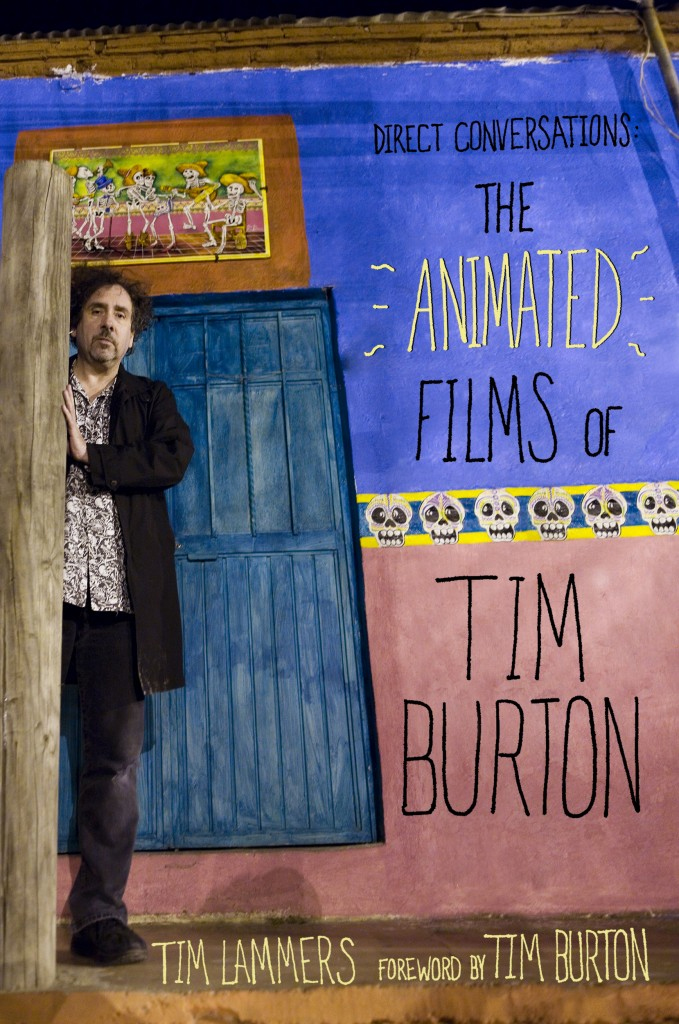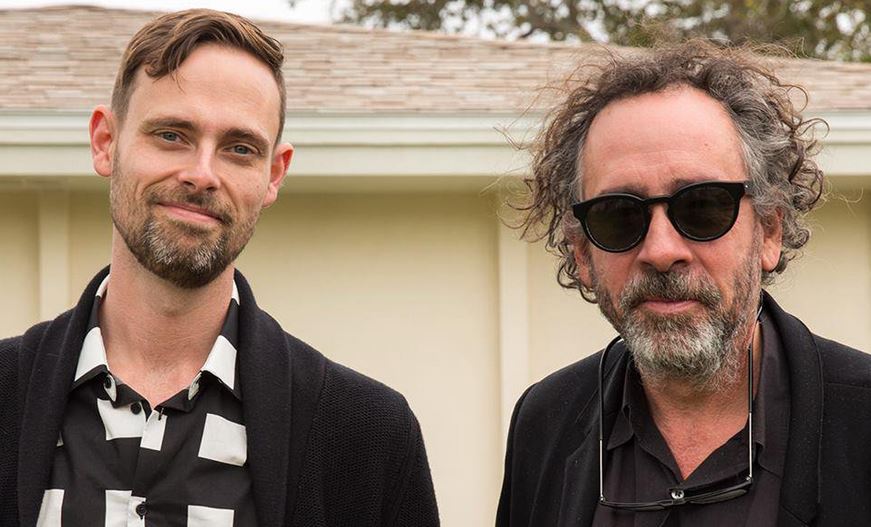Ransom Riggs certainly doesn’t mind being called a peculiar person, and not just for the fact that he wrote the novel “Miss Peregrine’s Home for Peculiar Children,” which spawned into a best-selling book trilogy. He’s peculiar in Hollywood, especially, because he’s a novelist, screenwriter and filmmaker, and not necessarily in that order.
Usually, you’ll find one or another, but hardly ever together.
And through an extraordinary series of events, “Miss Peregrine’s Home for Peculiar Children” — a little more than five years after it was published — will debut in theaters later this month as the latest film from acclaimed director Tim Burton. The novel has come a long way in a short time, considering that Riggs wrote it while trying to carve out a career as a filmmaker and writer. Usually, it’s the other way around, where a writer writes, and someday, maybe, their novel is adapted for the big screen.
But writing “Miss Peregrine’s” wasn’t a novel idea, so to speak, for Riggs. The genesis of the idea dated back before film school, when he started collecting vintage photos of peculiar people wherever he could find them. Eventually those people — children, in particular — made their way in Riggs’ story to an orphanage on an abandoned Welsh Island, where the titular Miss Peregrine watched over the kids, who were dubbed “Peculiars.”
“I was writing fiction in my spare time since I was a kid, and telling various iterations of a kid trapped in seemingly normal world who finds a door hidden within that world to another one, to an extraordinary place,” Riggs said in a recent phone conversation from New York City. “The photos just became another way for me to tell that story in a style that appealed to me, having just finished film school, because I had been trying to tell stories for three years using words and pictures. So, it was a natural thing to be writing a screenplay on one hand, and at the same time be writing an illustrated novel on the other.”

The images were not drawings, though, but most of the time were haunting photos that helped Riggs tell his story.
“The photos became a fun resource to draw on when I got to the point of the story and said, ‘OK, I need to create this characters — who are they and what do they look like? — I needed a little grounding,” Riggs recalled. “Also, I liked using the photos because they are a document of a real, incontestably actual thing — a person or a place — in a story that is hugely fantastic and fictional. They just ground in a little bit of history in this story that otherwise might float off into the ether.”
The opening of “Miss Peregrine’s Home for Peculiar Children,” in theaters nationwide Sept. 30, will no doubt assure Riggs that his characters didn’t float off into the ether. Grounding Miss Peregrine is the always charismatic Eva Green, while Asa Butterfield plays Jacob Portman, a Peculiar with the unique ability to see monstrous ex-Peculiars called “Hollowgasts.” The film also stars the likes of Samuel L. Jackson, Allison Janney and Judi Dench, while Jane Goldman adapted the screenplay. Burton’s longtime collaborator Derek Frey serves as one of the film’s executive producers.
Follow Tim Lammers on Twitter and Facebook
Of course, while some authors fret over how their work is going to be adapted, Riggs the filmmaker knows that try as anyone might, they are never going to 100 percent be able to adapt the written words in a novel for the big screen, because they are simply two different mediums. But coming from a similar background as Burton (“We both grew up in very sunny, suburban places dreaming of Gothic castles,” Riggs noted with a laugh), the writer knew his creation was in caring hands.
“I think the best adaptation from novel to film is not always the most faithful adaptation. In order to really make a great film that stands on its own as a piece of cinematic art, the filmmaker has to take the material and internalize it, and make it their own,” Riggs observed. “And yet, while the film diverges from the book in different aspects, Tim captures the spirit and the tone and the messages of the book in ways that I don’t think that any other filmmaker could have. I suppose that’s why Tim gravitated to book. He saw something in it that resonated with him.”
The interesting thing is, while Riggs knew there would be changes in the interpretation of “Miss Peregrine’s Home for Peculiar Children” from book to film, he was pleasantly surprised with the changes, even to the point where he found himself saying, “Why didn’t I think of that?”
“I constantly was thinking of that. Constantly,” Riggs said, laughing. “So many changes that Tim made — and they’re tweaks, really, there weren’t any enormous changes — were so smart. When something is finished, it’s fun to step back and think, ‘Wouldn’t it be funny if the extremely strong girl wasn’t this brawny teenager, but this little, Shirley Temple-like Kewpie Doll girl? Yes! That’s hilarious!’ When you’re making a film and you’re going to be confronted with the visuals of these characters 24 frames a second, making them look right and tweaking the characters to look a certain way is so important.”
September is a big month for Riggs. In addition to Burton’s “Miss Peregrine’s” film, author/photographer Leah Gallo’s “The Art of Miss Peregrine’s Home For Peculiar Children” (Quirk Books), which Riggs wrote the foreword for, was released this week. Then, on Saturday, Riggs’ latest novel, “Tales of the Peculiar” (Quirk Books) — which he describes as “an artifact from the Peculiar world” – hits the shelves.
“‘Tales of the Peculiar’ are like the ‘Grimm’s Fairy Tales’ for the Peculiars. They’re the beloved tales that they have grown up reading or hearing read to them by their Ymbrynes (who hide Peculiars from the world’s dangers) and reading to one-another,” Riggs explained. “In the second book in the series (‘Hollow City’), the tales become very important because they contain all sorts of coded messages and secrets about the location of important loops, and the identities of Peculiars and Ymbrynes, who can help them. There are actually a couple tales entirely told within the text of ‘Hollow City,’ and I had so much fun writing them that when I finished the three books, I wanted to write more.”


